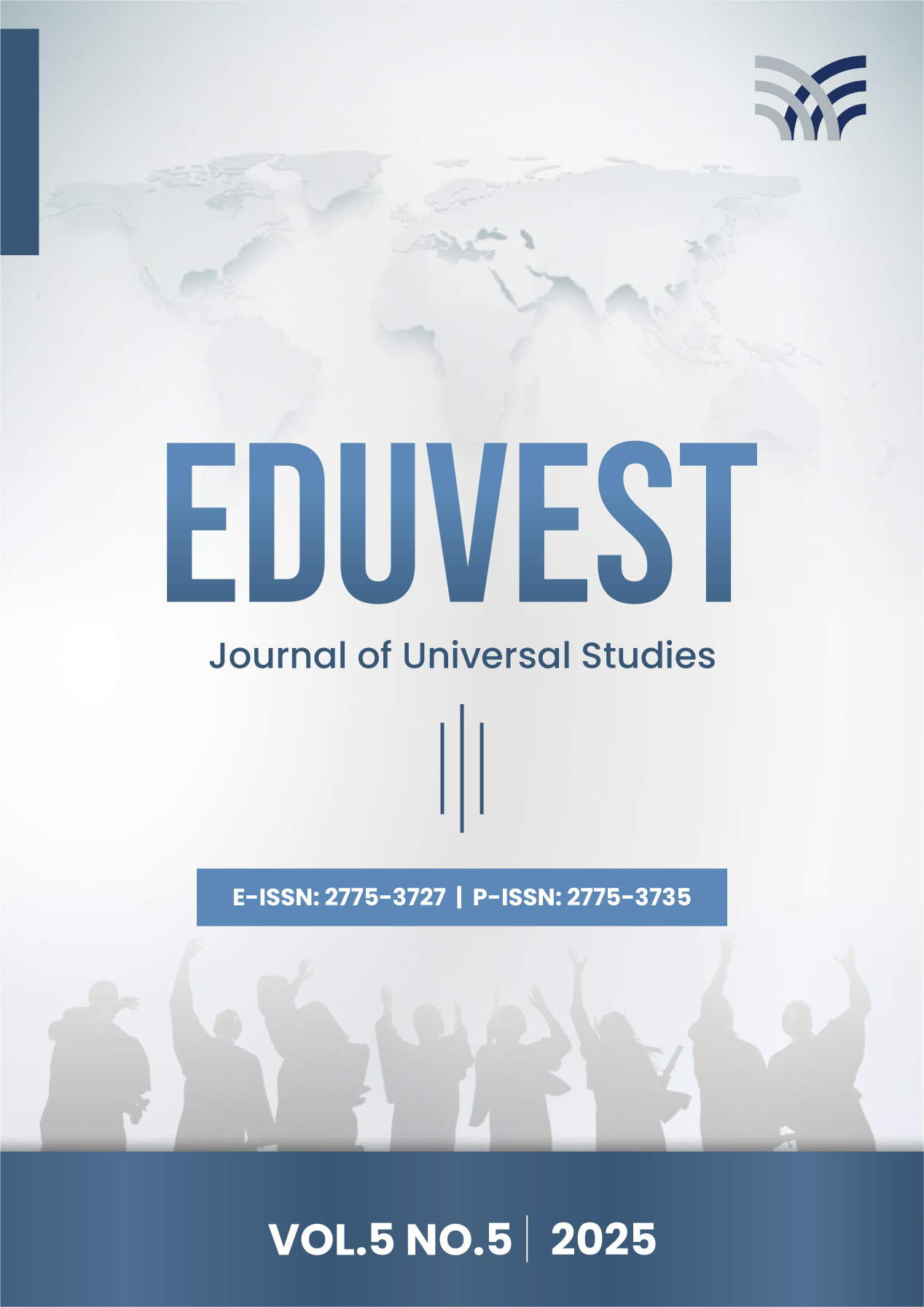A Comparison of Indonesia's KPK, Hong Kong's ICAC and Malaysia MACC 2004-2022 Based on SCP, Pestel, and Variance Analysis
DOI:
https://doi.org/10.59188/eduvest.v5i5.51406Keywords:
ACAs, Anti-corruption, conviction rate, budget allocation, ANOVAAbstract
Anti-corruption institutions established in several countries often receive criticism and attention from the public regarding their effectiveness. This is due to high visibility but the impact is still not proportional to the resources allocated. The establishment of anti-corruption institutions by using ICAC as a role-model still raises concerns because corruption is still often considered a stand-alone issue. This assumption then makes the country not develop a national anti-corruption strategy to support the ACAs that are formed. This study was conducted to determine and compare the performance of three anti-corruption agencies, namely the KPK, MACC, and ICAC using ANOVA. The variables used are: a) Ratio of public complaint reports received to reports successfully reviewed from each anti-corruption agency, b) Ratio of budget to the number of employees of each anti-corruption agency, and c) Conviction rate of each anti-corruption agency. The increase in the number of personnel in each institution needs to be balanced with an increase in the budget allocated by the government. The greater the budget allocation will increase the ratio of budget per personnel which is useful in more effective and efficient corruption eradication operations.
Downloads
Published
How to Cite
Issue
Section
License
Copyright (c) 2025 Dhana Strata Nusantara

This work is licensed under a Creative Commons Attribution-ShareAlike 4.0 International License.











